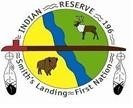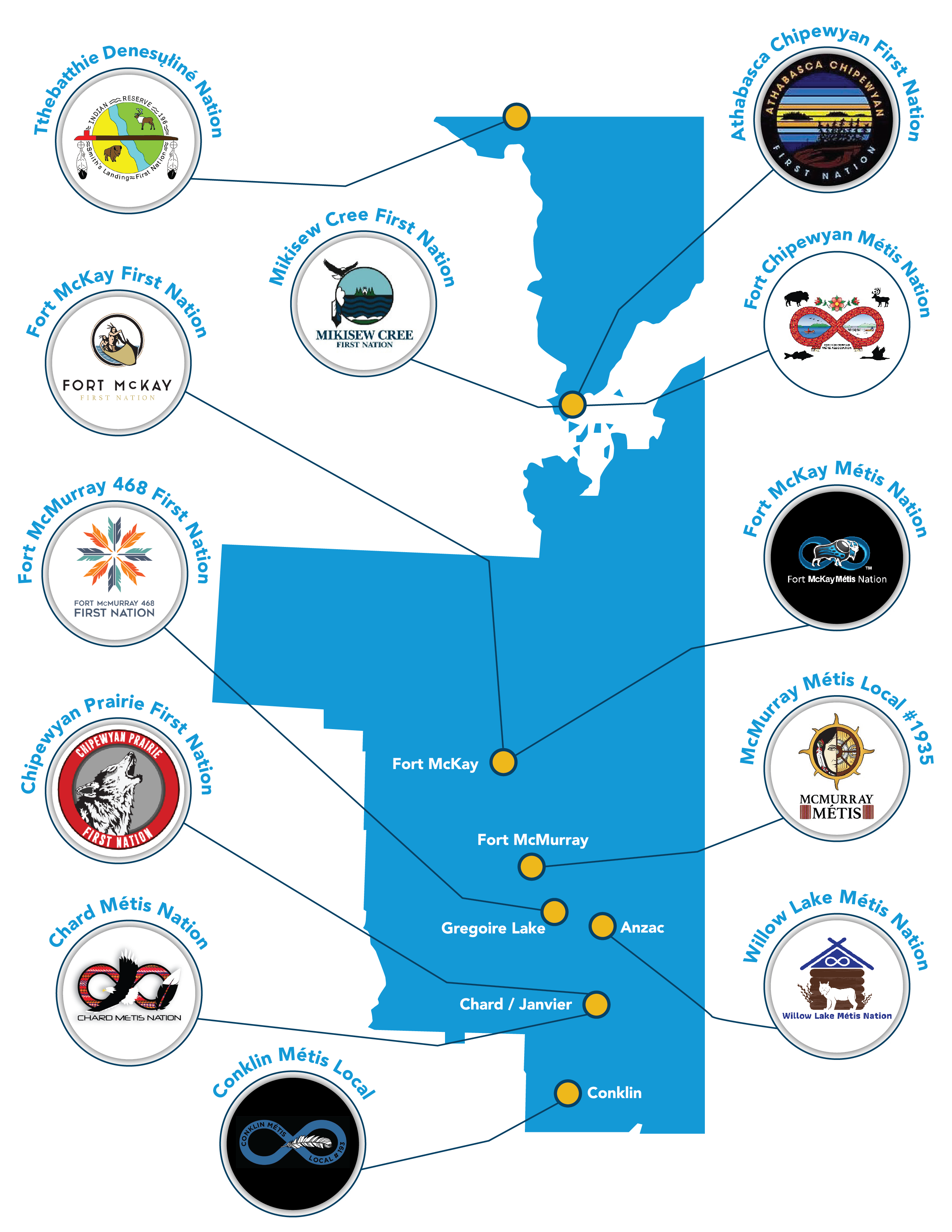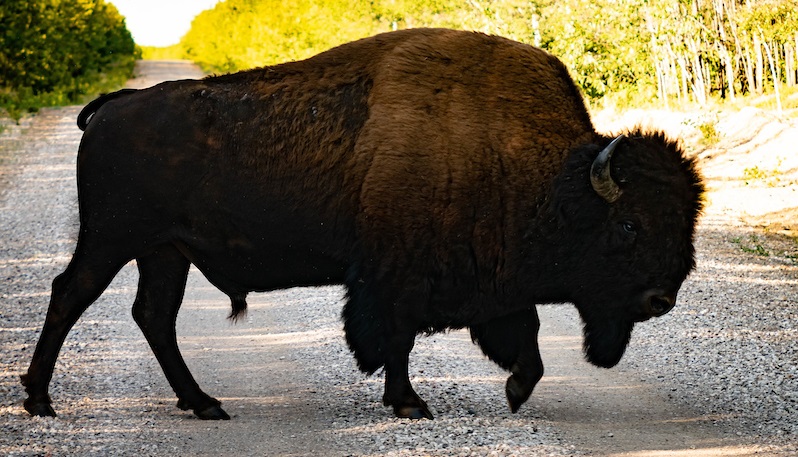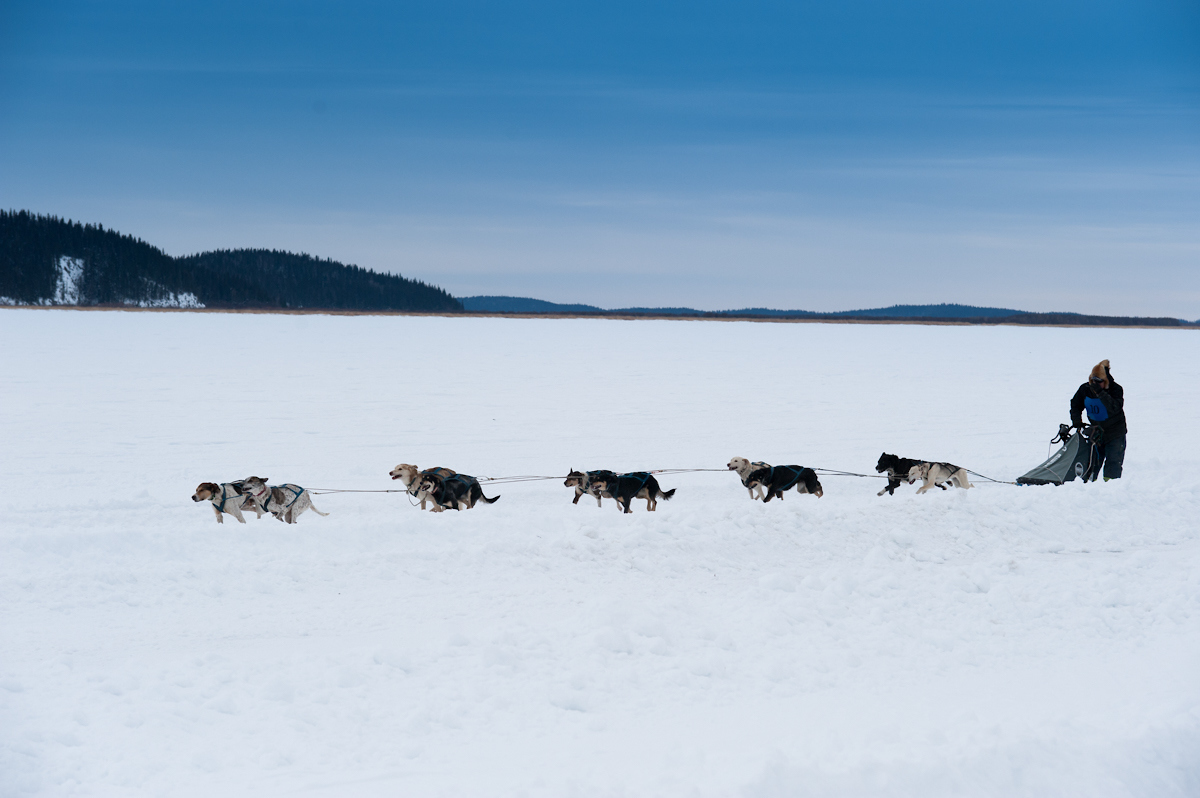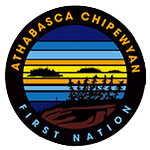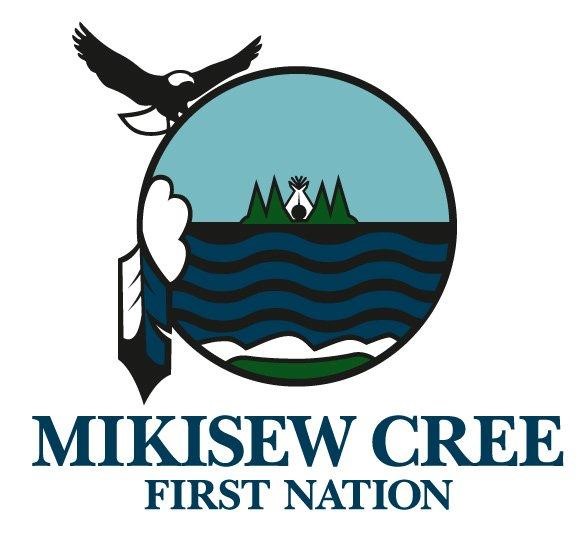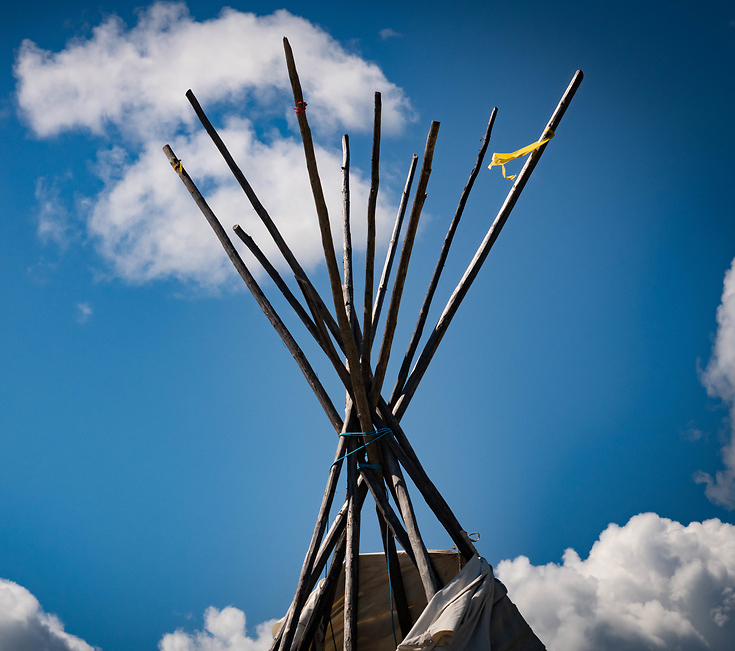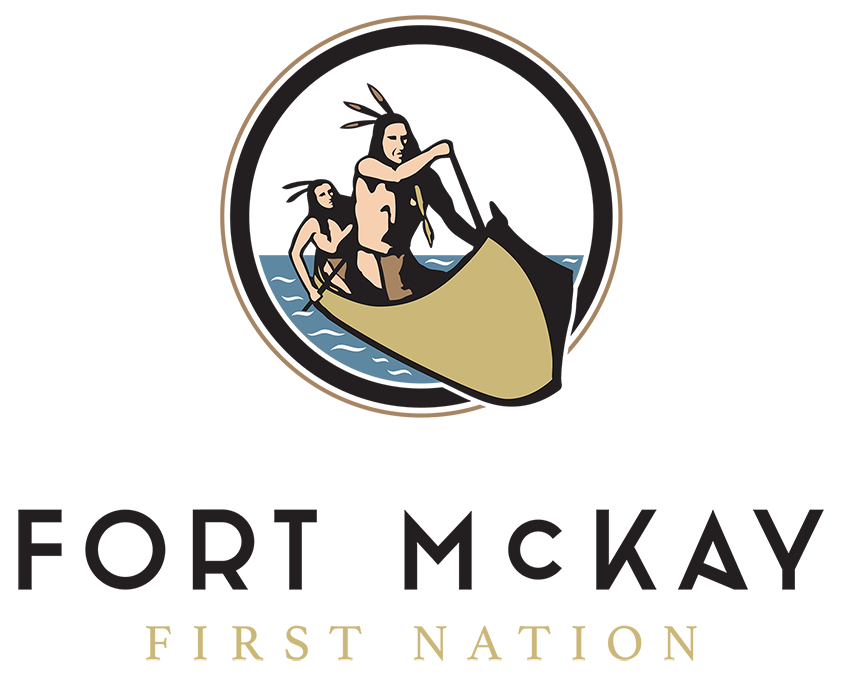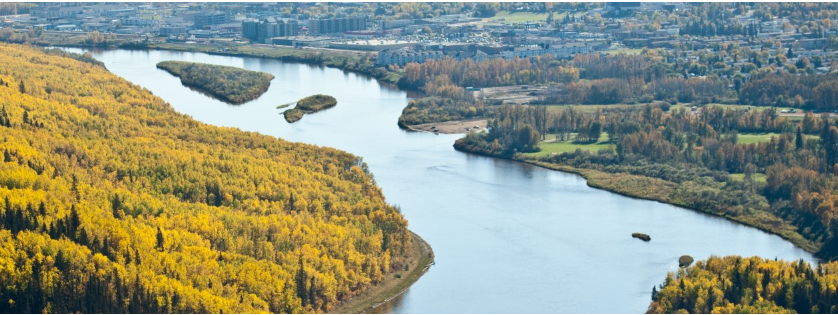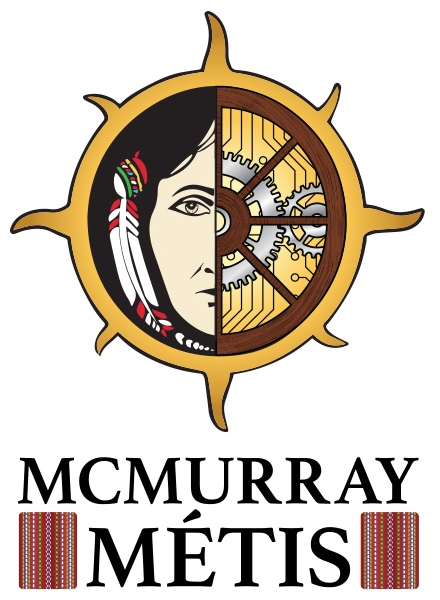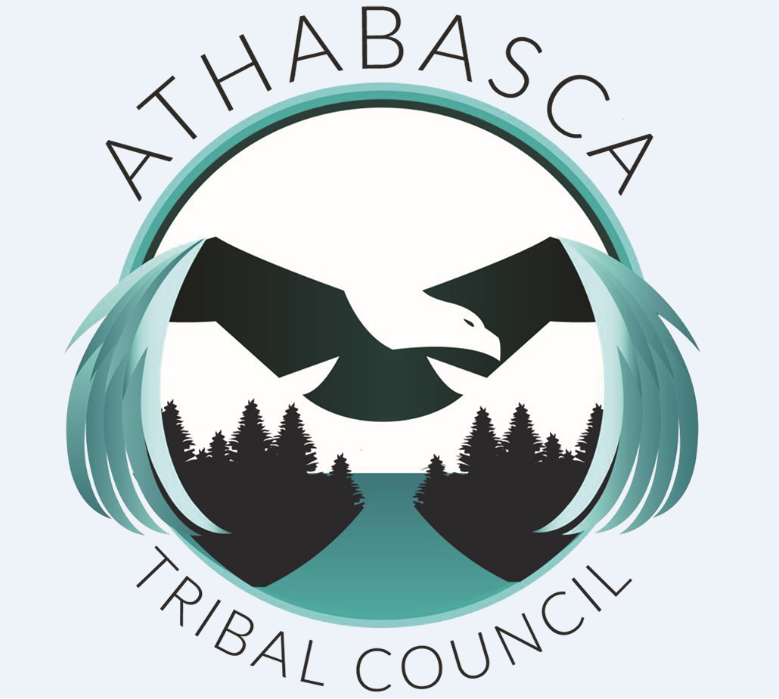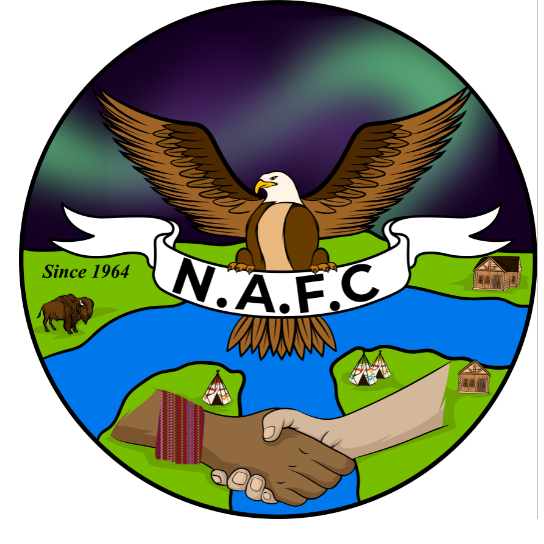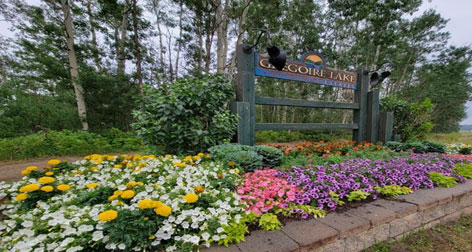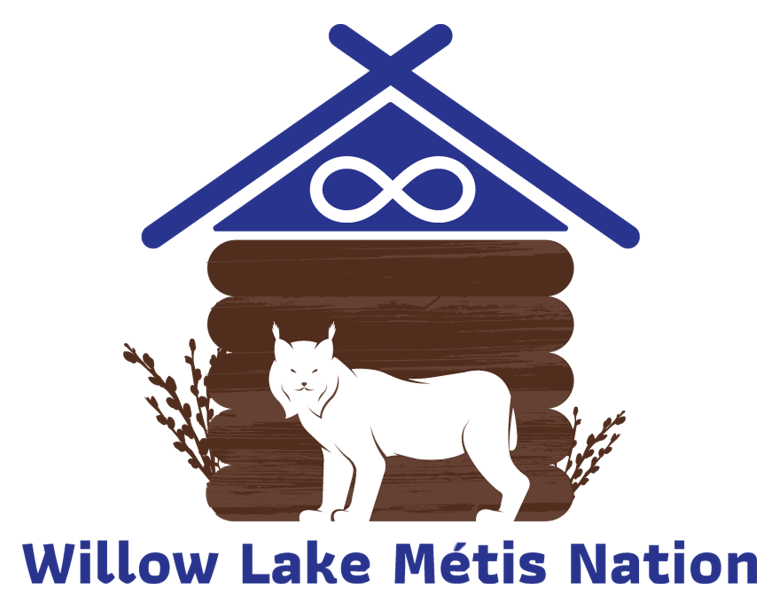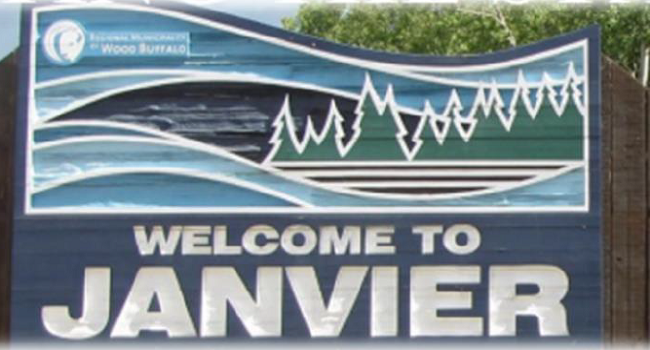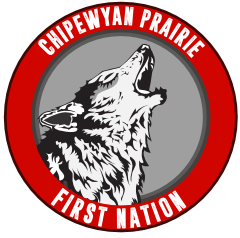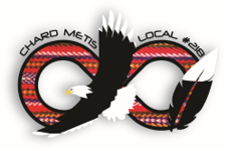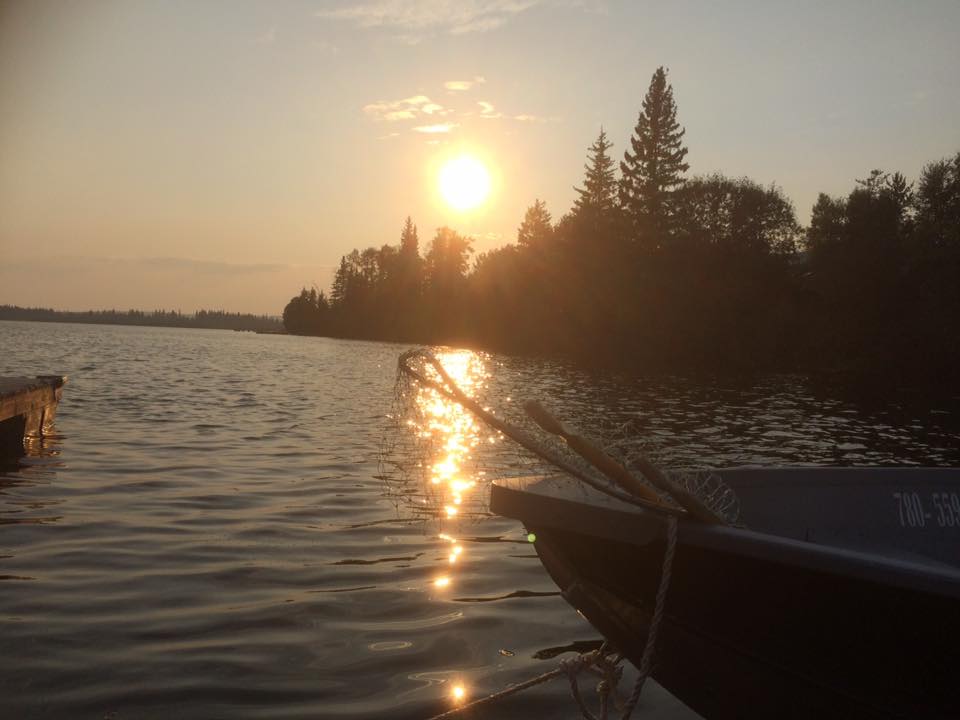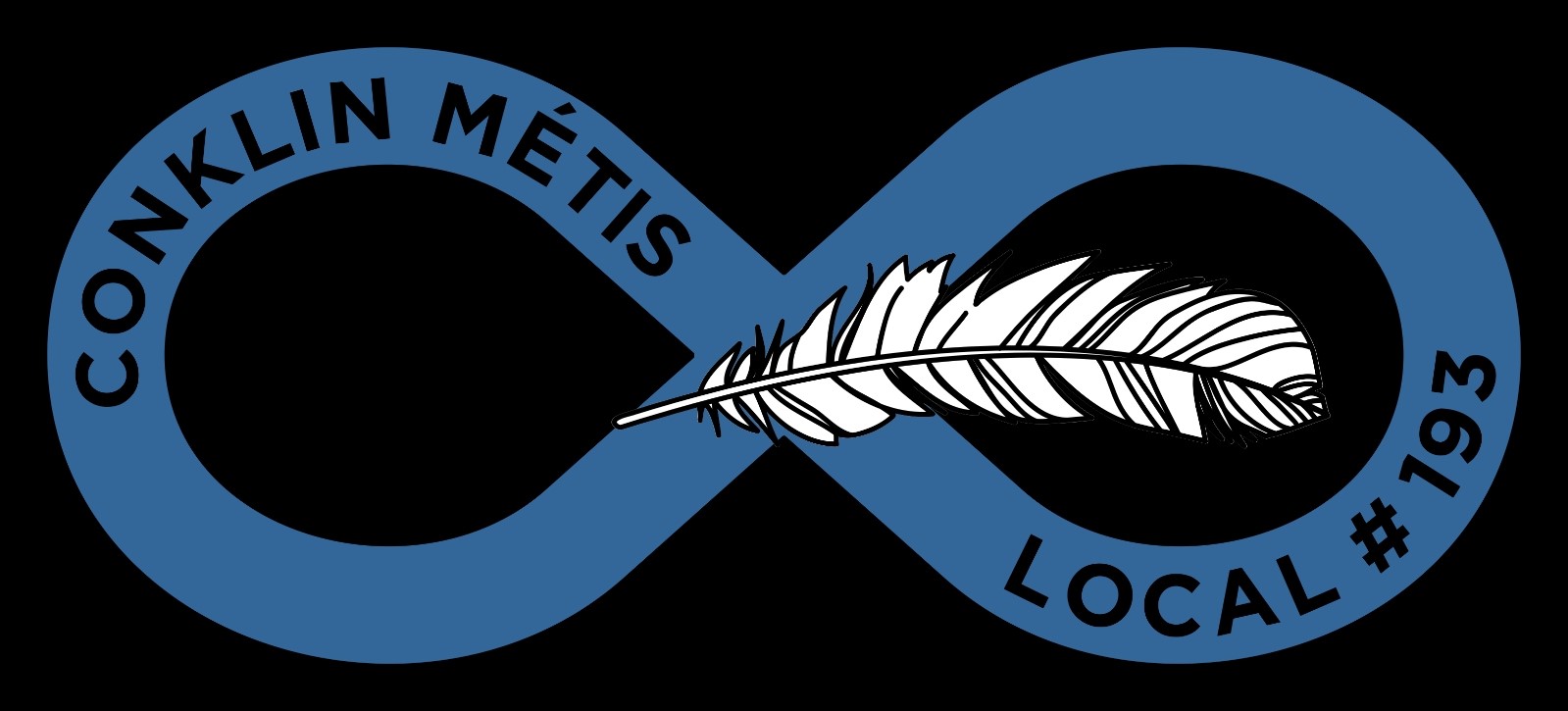The Mikisew Cree First Nation (Mikisew) has lived on the ancestral lands of the Athabasca Delta and Wood Buffalo National Park in northeastern Alberta since time immemorial. The lives of our members are linked to the land and to a close understanding of traditions, history and a natural way of life. Many of our members live in the hamlet of Fort Chipewyan, and our traditional lands range over a large portion of Athabasca oil sands deposits.
Lake Athabasca, the eighth largest natural lake in Canada, flows through Wood Buffalo National Park on its way down the Mackenzie River and to the Arctic. The Athabasca Delta, which is at the centre of Mikisew’s traditional lands, is a unique and cherished international ecosystem that sustains us. When the fur trade came west and established a trading fort in this area, the Mikisew Cree were among those who traded furs.
Mikisew lands are in the Tazin Lake Upland ecoregion, extending north of Lake Athabasca, as well as the Athabasca Plain ecoregion. The Tazin Lake region is rugged and, in some areas, has soil that is frozen year-round. This ecoregion, full of trembling aspen, balsam poplar, white spruce, balsam fir, and other species; has many small lakes and streams that eventually flow into Great Slave Lake. Here you can see black bear, moose, wolf, woodland caribou, beaver, muskrat, snowshoe hare, and spruce grouse.
The Athabasca Plain ecoregion stretches south from Lake Athabasca, and features bedrock, sand dunes and wetlands that support stands of jack pine, paper birch, white spruce, black spruce, balsam fir and trembling aspen. Wildlife here includes moose, black bear, woodland caribou, lynx, wolf, beaver, muskrat, snowshoe hare, and many birds such as geese, pelicans and grouse
Mikisew is governed by an elected team of representatives consisting of one Chief and six councilors. This team works diligently locally, nationally, and internationally, to preserve history and tradition while propelling progress. Chief and council provide guidance and direction to our executive committee which manages the day-to-day operations of the Nation, providing services, allocating resources, and advocacy for Band members and their interests.
The Mikisew Cree have 2800 members with Most members living in Fort McMurray, Edmonton, Fort Smith, the Northwest Territories and Fort Chipewyan. Mikisew Cree speaks the woodland Cree dialect with an active plan on revitalizing their language.
The Mikisew Cree have 9 reserves surrounding Fort Chipewyan,
- Allison Bay 219
- Charles Lake 225
- Collin Lake 223
- Cornwall Lake 244
- Devil’s Gate 220
- Dog Head 218
- Old Fort 217
- Peace Point 222
- Sandy Point 221
In honor of Chief Mikisew (Justin Marten), the first Chief signatory to the Treaty 8 adhesion on July 13, 1899, the “Cree Indian Band” was re-named the “Mikisew Cree First Nation” in 1991 as we sought our own autonomy. We wanted a name that was meaningful and honorable to show appreciation and to pay our respects to the late Chief Mikisew. Mikisew was Chief Justin Martens traditional name. Mikisew means Eagle in the Cree Language.
In 1899, the Mikisew Cree First Nation was an adhesion signatory with Canada to Treaty 8. In 1986, Mikisew signed a Treaty Land Entitlement that created several reserves in and around the Fort Chipewyan area and into the area north of Lake Athabasca.
The Significance of the Eagle with Mikisew Cree logo
The eagle is an important element of the Mikisew logo. It is highly regarded by members as strong and powerful, and signifies love and virtue the Eagle is said to carry our prayers to the creator as it is the bird that flies the highest.
Seven Sacred Teachings
Working with the Seven Sacred Teachings in our lives
